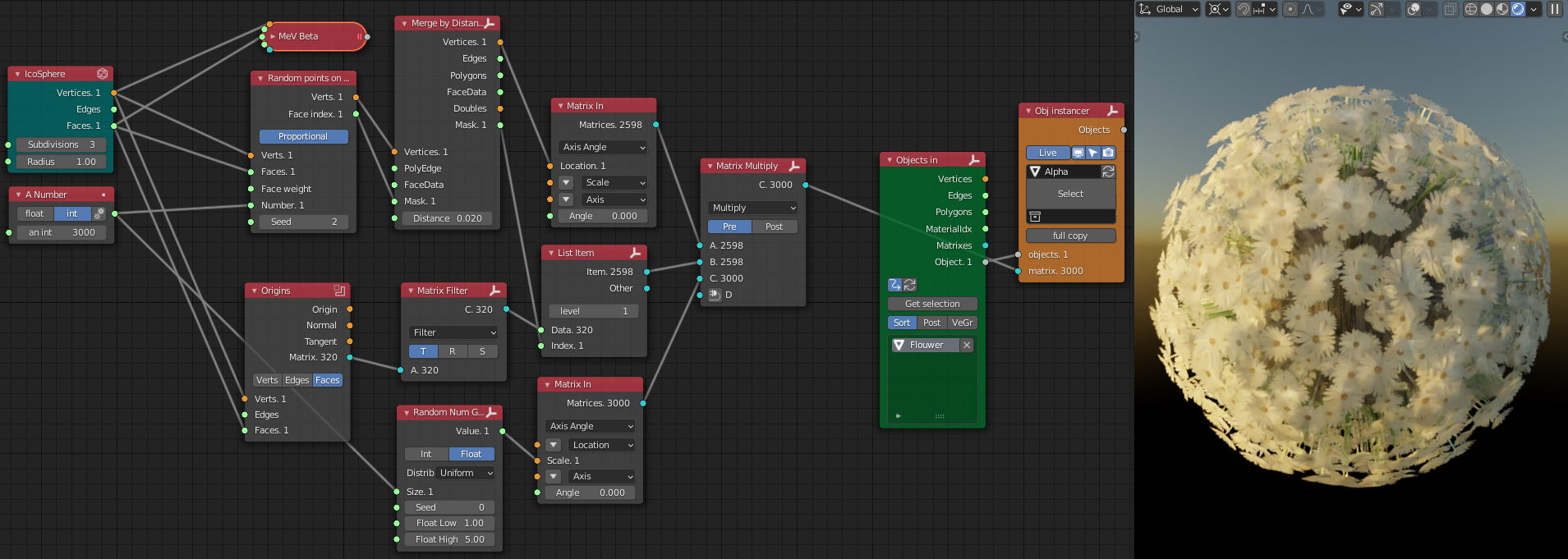

Here we connect any input or output to create connection points for other nodes. One "group input" and one "group output". If we have a group node selected Tab will toggle us in and out of it.Īfter we created the group you will see that we get two more nodes. To move in and out of the group press Tab. Go to the Add menu ->groups->"Make group"Īfter creating the group we will jump into the group automatically.To create a node group I select the nodes I want to go into the nodegroup. This is what our starting nodegraph looks like. It has a detailed description of each node available and you can find it in my resource collection. If you want to learn more about individual nodes, check out the Cycles Encyclopedia. To demonstrate how this works I have created a default material and added a handful of nodes. To follow along you can open Blender and go to the shading workspace or open a shader editor. This way we have access to our own custom nodegroups whenever we start a new project. We can also save node groups that we often use added to the startup file. In the same blend file but different material.

Here are the places we can use nodegroups. But at it's core it comes down to being able to take a subset of nodes, group them together and duplicate them over and over. We can use node groups for a lot of tasks.
#Blender 3d animation nodes objec attribute full
The node groups that we create can be setup with support for inputs and outputs that we have full control over. The benefit is that we can create any kind of node setup that performs any task and create instances or copies of it. It is like a node graph in a node graph or a meta node. Nodegroups are how we group nodes together and create a new custom node that we can use in our node graphs. But it applies to any kind of node system inside Blender. Anyway, we will be talking about shader nodes in this article since it is the most common. Be it shader nodes with Cycles and Eevee, animation nodes or the particle nodes that are coming.Ĭhances are that the particle nodes are already here when you read this, and node groups are still relevant. Node groups are a fundamental part of Blenders node systems. What are nodegroups and when do we use them? What benefits they bring and how we can work with them to make the most out of their capabilities. In the rest of this article we will take a deeper dive into how nodegroups work. To create an instance of your nodegroup, hit "shift+A" and find your groups under the "groups" submenu. You can drag any input or output that you want access to outside the nodegroup to the input or output node. You will enter the node group and you may toggle in and out of selected nodegroups with tab.
#Blender 3d animation nodes objec attribute how to
How to set up a node group? To set up a nodegroup, select the nodes you want to group and hit "Ctrl+G". This is where node groups come into play. Sometimes when we are working with materials we would like to save a set of nodes that we can reuse over and over again.

Let’s open the Text Editor, internal or external as you like, and create a script that will manage the visibility of the three created collections – “cube”, “monkey” and “sphere”.Īt first, define three lists to specify the frames on which we need to change the collection visibility.Blenders node editor, or shader editor as it is now called is a powerful tool to create any kind of material. In practice, there can be lots of meshes in one collection, which allows managing the visibility of all them through the single collection. Let’s create a simple scene with three objects in their own collection. However, using the Blender Python API, we can control the visibility of such objects. “hide_render” property can not be animated “hide_viewport” property cannot be animated For example, we cannot assign visibility animation keys for collections, Blender will generate errors like: To do this, move the cursor over the eye icon (visibility in the viewport) or camera (visibility when rendering) in the Outliner window, press the “i” key and then manage the created condition in the Graph Editor like the ordinary animation keys.īut this method is not always available. The easiest way to hide and show rendering objects is to assign animation keys to them.


 0 kommentar(er)
0 kommentar(er)
